The wastewater treatment facilities in Balıkçı are in emergency condition.
For the project Ecomap.kg
42°27’3712″N 76°06’9581″E
The situation with municipal wastewater treatment facilities in the cities of Balykchy and Cholpon-Ata is particularly acute. They only conduct mechanical treatment, which is fraught with consequences. The biological component at the wastewater treatment plant in Balykchy is not operational, and its launch requires urgent commissioning work.
Currently, 3,325 households and 106 commercial/industrial/institutional/tourist organizations are connected to the sewage system in Balykchy. The existing sewage network includes 64 km of gravity sewer collectors built in the 1970s and currently serves about 35% of the population. The project will provide 10.3 km of sewer networks on four streets, which will connect approximately 850 additional households to the sewage network.
The wastewater treatment plant in Balykchy is located 5 km northwest of the center of Balykchy. The facility was built to utilize two different treatment processes: a traditional wastewater treatment plant using activated sludge (ASP) and six polishing ponds located 400 m southwest of the facility. The aeration tanks have not been commissioned, and the main aeration pipelines have been removed from the facilities. The existing ponds have limited treatment capacity, mainly functioning as storage ponds during the winter period. The pumping station (operated by the Department of Water Management) receives treated water from the pond, then mixes it with water from the Chu River, and transports it through a pressure pipeline 1,300 m long to an irrigation canal approximately 15 km long for irrigating 70 hectares of land around Balykchy.
The existing ponds provide only limited treatment, mainly acting as storage ponds for wastewater during the winter. The pumping station (operated by the Department of Water Management under the State Agency for Water Resources of the Government of the Kyrgyz Republic) receives untreated wastewater from the wastewater treatment plant, mixed with water from the Chu River.
Results show that no other treatment, apart from dilution with river water, is being conducted, and the treated wastewater does not meet discharge standards, although there is a reduction in BOD5 and suspended solids, primarily due to dilution. Data from surface water quality monitoring of the Chu River at points of treated wastewater discharge upstream and downstream. The final discharge point for treated effluents is a canal that leads to an irrigation reservoir in the agricultural zone northwest of the bio-ponds, where the wastewater is mixed with water pumped from the Chu River before being pumped into the irrigation canal system, from which water is used by anyone with access to the system. During the irrigation period (April - October), water is transported through a pressure pipeline 1,300 m long to an irrigation canal about 15 km long, which irrigates approximately 70 hectares of land around Balykchy.
To improve the situation, the sewage pumping station has been repaired, which collects all effluents from the collector system and pumps them to the wastewater treatment plant through a new dual main pipeline 5.7 km long. The Issyk-Kul wastewater management project includes improvements in sludge disposal management to reduce environmental pollution resulting from poorly designed and maintained septic systems, which are mainly used by those not connected to the sewage system.
42°27’3712″N 76°06’9581″E
The situation with municipal wastewater treatment facilities in the cities of Balykchy and Cholpon-Ata is particularly acute. They only conduct mechanical treatment, which is fraught with consequences. The biological component at the wastewater treatment plant in Balykchy is not operational, and its launch requires urgent commissioning work.
Currently, 3,325 households and 106 commercial/industrial/institutional/tourist organizations are connected to the sewage system in Balykchy. The existing sewage network includes 64 km of gravity sewer collectors built in the 1970s and currently serves about 35% of the population. The project will provide 10.3 km of sewer networks on four streets, which will connect approximately 850 additional households to the sewage network.
The wastewater treatment plant in Balykchy is located 5 km northwest of the center of Balykchy. The facility was built to utilize two different treatment processes: a traditional wastewater treatment plant using activated sludge (ASP) and six polishing ponds located 400 m southwest of the facility. The aeration tanks have not been commissioned, and the main aeration pipelines have been removed from the facilities. The existing ponds have limited treatment capacity, mainly functioning as storage ponds during the winter period. The pumping station (operated by the Department of Water Management) receives treated water from the pond, then mixes it with water from the Chu River, and transports it through a pressure pipeline 1,300 m long to an irrigation canal approximately 15 km long for irrigating 70 hectares of land around Balykchy.
The existing ponds provide only limited treatment, mainly acting as storage ponds for wastewater during the winter. The pumping station (operated by the Department of Water Management under the State Agency for Water Resources of the Government of the Kyrgyz Republic) receives untreated wastewater from the wastewater treatment plant, mixed with water from the Chu River.
Results show that no other treatment, apart from dilution with river water, is being conducted, and the treated wastewater does not meet discharge standards, although there is a reduction in BOD5 and suspended solids, primarily due to dilution. Data from surface water quality monitoring of the Chu River at points of treated wastewater discharge upstream and downstream. The final discharge point for treated effluents is a canal that leads to an irrigation reservoir in the agricultural zone northwest of the bio-ponds, where the wastewater is mixed with water pumped from the Chu River before being pumped into the irrigation canal system, from which water is used by anyone with access to the system. During the irrigation period (April - October), water is transported through a pressure pipeline 1,300 m long to an irrigation canal about 15 km long, which irrigates approximately 70 hectares of land around Balykchy.
To improve the situation, the sewage pumping station has been repaired, which collects all effluents from the collector system and pumps them to the wastewater treatment plant through a new dual main pipeline 5.7 km long. The Issyk-Kul wastewater management project includes improvements in sludge disposal management to reduce environmental pollution resulting from poorly designed and maintained septic systems, which are mainly used by those not connected to the sewage system.

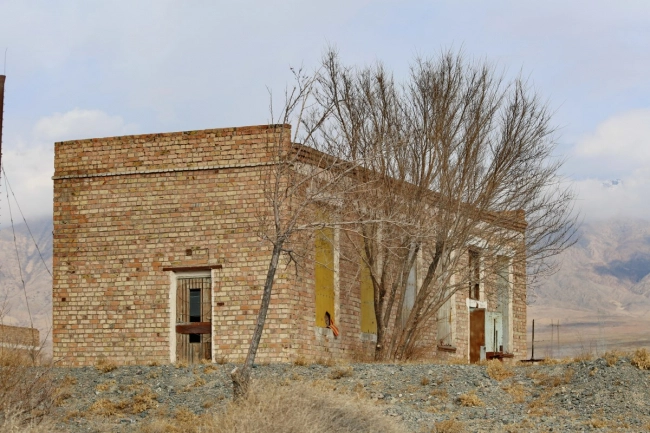
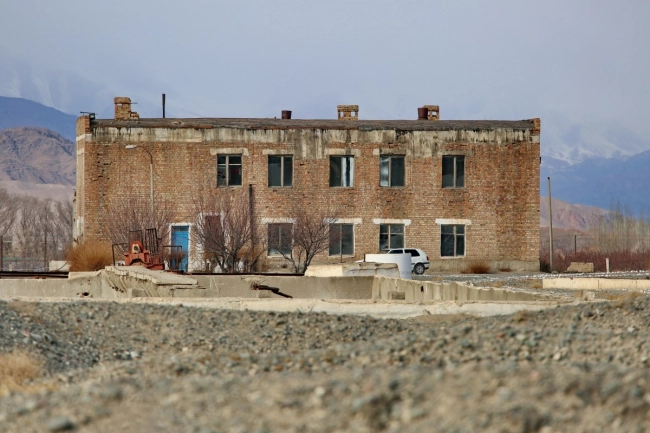
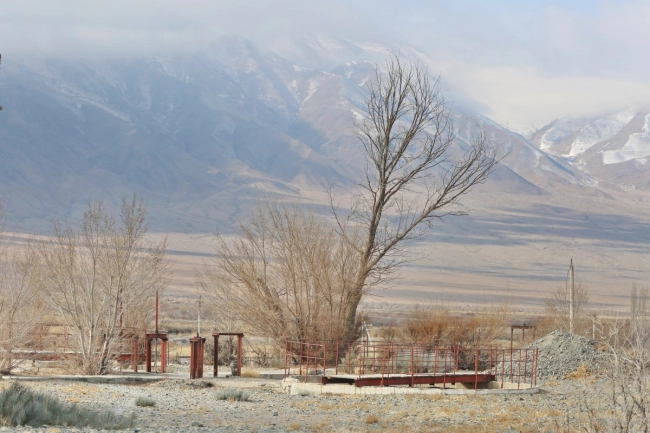
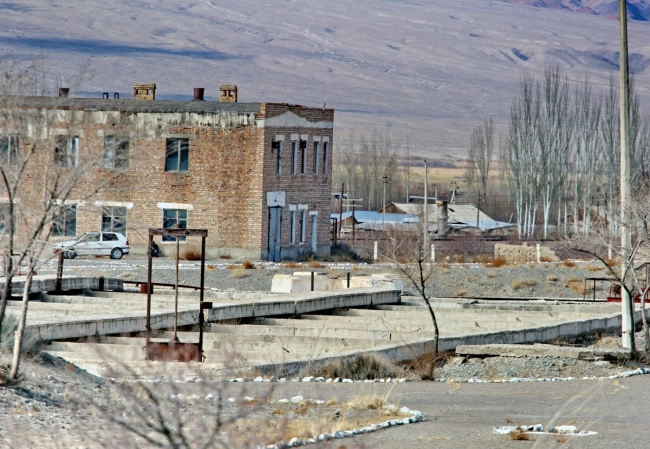
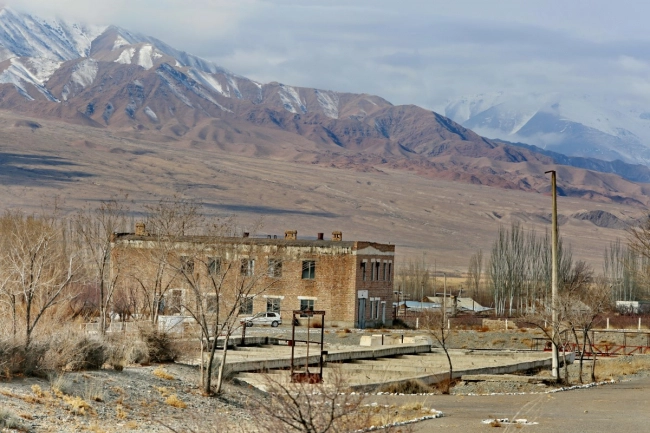
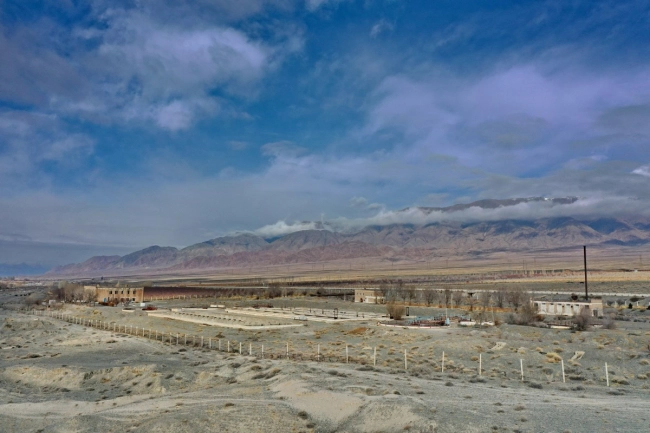
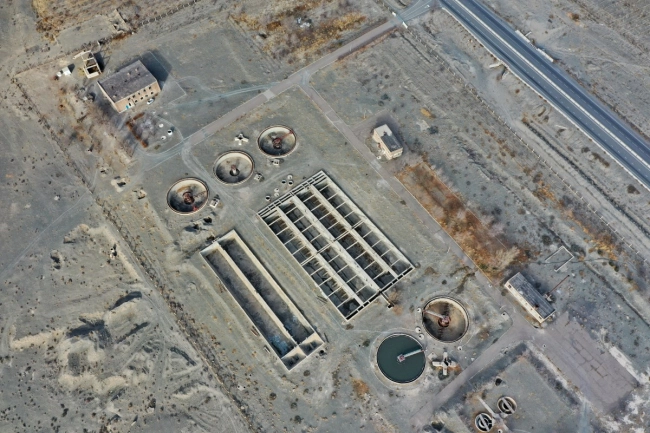
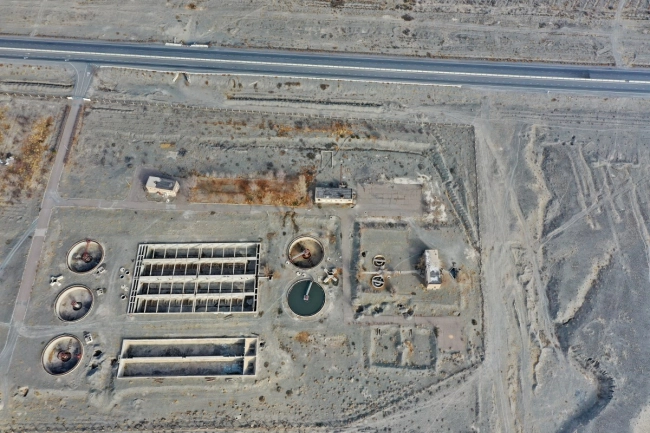

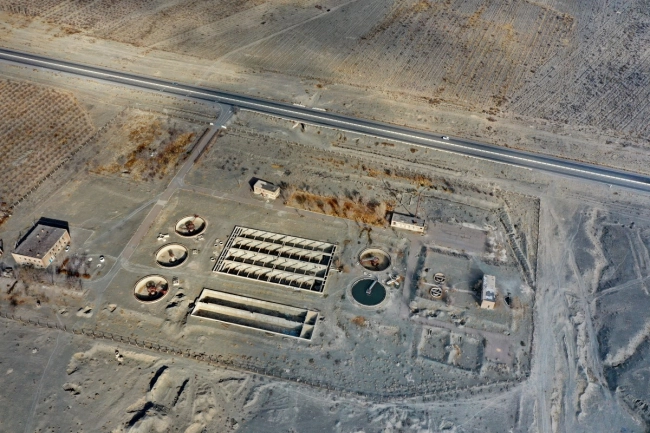


















Attention: Information based on submitted complaints